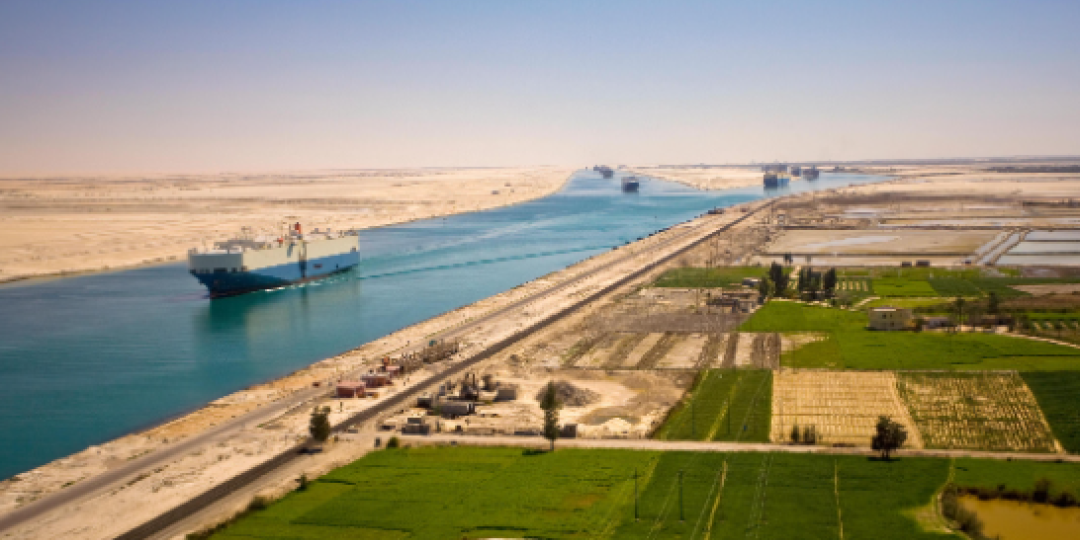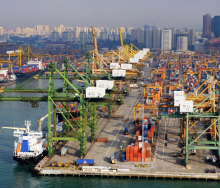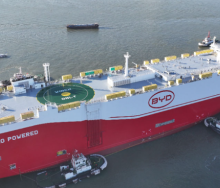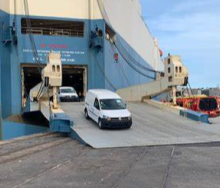Red Sea shipping diversions may last a few more months, and some freight industry experts think they could go on even longer.
That’s one of the takeaways from the CEO of Hapag-Lloyd, the world’s No. 5 container line, in an interview Thursday on Bloomberg TV.
Rolf Habben Jansen was speaking as the Hamburg-based company announced its 2023 earnings, which showed a steep drop in revenue and profits from a year earlier.
Attacks by Yemen’s Islamic Houthi militia on ships in the Red Sea have disrupted supply chains since mid-December, forcing carriers to change routes and redo schedules — adjustments that have helped absorb excess capacity.
As a result, they are burning more fuel and taking longer to deliver, with some needing to purchase more containers, given the extended routes.
The added costs are getting passed along to customers.
The longer routes around southern Africa had initially boosted spot container rates but those were coming down, said Jansen.
“The services are stabilising, which also means that the market is getting calmer.”
He indicated, though, that there was no telling when the Red Sea would be safe enough to transit again.
“We hope that we’re going to be able to go back through in a couple of months,” Jansen said. “But I know there are also people that think that it will last quite a while longer.”
In the medium term, excess capacity may return to weigh on freight rates.
Hapag-Lloyd expects the market to remain difficult for carriers given “the large number of ship deliveries this year,” Jansen said in the company’s 2023 annual report.
Sharing that view was Zim Integrated Shipping CEO, Eli Glickman, who spoke on a conference call on Wednesday.
“Once the Red Sea crisis is resolved, we will likely revert to the supply-demand scenario that began to play out in ‘23, setting up a more challenging third and fourth quarter of ‘24 for the industry, including us,” he said.













